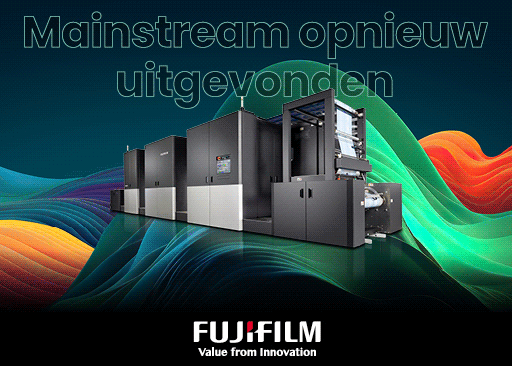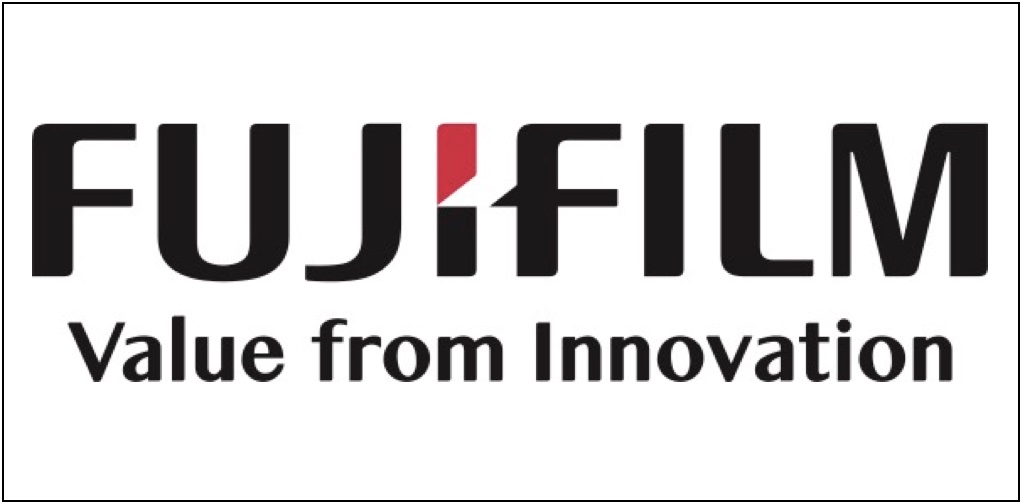Ghent Workgroup Releases New PDF Processing Steps Specification for Automation
The Ghent Workgroup (GWG) has announced the release of a new specification describing a standardized method for storing data corresponding to production processing steps within a PDF file. This specification optimizes the entire preproduction process, and enables improved productivity and lower production costs.
A new standard released by the Ghent Workgroup (GWG) enables increased interoperability and automation during the entire preproduction proces
A PDF file can serve as a container for all graphical production data, printing and non-printing, of a package, label, or any other print file. Associating these processing steps and content data means using metadata within the PDF file to define and categorize different types of production processing steps within the file in a standardized way. Having this processing step data embedded in a PDF file makes it easy to validate structural components of design through conventional proofing methods. In addition, overlaying processing step data with design elements in the same file enables precision alignment of design elements and makes preflighting all aspects of the job easier.
A major benefit of this standard is the way its interoperability can improve interaction between different technologies and companies. The standardization results in an increased predictability, repeatability and consistency, which significantly reduces errors. By standardizing the association of production processing steps and data, systems and processes can be easily automated within a workflow. This all leads to an increased productivity and lower overall preproduction costs.
David Zwang, chairman of Ghent Workgroup, comments, “One PDF file can now serve multiple purposes, and can also be used by many people in the pre-production and production process according to their needs. Normally, a PDF file can be built on different layers (optional content groups) according to the PDF specifications. These layers include all the things that precede or proceed the actual printing, like production instructions proofing for validation, dielines, ink specifications, embossing and braille. Through this new approach, the PDF files are described more intelligently, beyond just the printable objects it contains. This improved PDF communication and extended sharing will be of huge benefit to all involved vendors, printers and end users like brand owners. It will not only optimize the entire preproduction process, but eventually lead to better quality output.”
Created by the Industry, for the Industry
The PDF Processing Steps Specification was developed by the packaging committee of the Ghent Workgroup. The chairs of the committee, Christian Blaise, owner at bleuprocess and Consultant for Square, Steve Carter, senior VP of technology at Phototype, and Lieven Plettinck, director of software engineering at Esko, are looking forward to the acceptance and integration by all key industry players.
Lieven Plettinck comments, “ The packaging committee believes that the GWG PDF Processing Steps Specification is an important step to increase productivity of the packaging supply chain. It will standardize the way digital data, included in a PDF, are communicated through the entire packaging pre-production workflow. This standardization will take away the need for manual intervention and dramatically reduce human errors.”
Steve Carter comments, “This new Processing Steps Specification will allow one PDF file to serve multiple purposes throughout the supply chain. By only having one PDF file, logistics and accuracy are simplified. This ‘one version of the truth’ PDF file will lead to a higher degree of quality and interoperability for both users and systems.”
The design, development, and production of all sample files for the Processing Steps specification were graciously provided by Phototype. These sample files can be used for testing, demonstrating and other development processes. The GWG retains the rights to the files, but is generously allowing users and vendors alike to use these files for testing, as long as they are not altered from their original format and not used for commercial gain.
Christian Blaise works very closely together with Square and Philippe van der Schriek, graphical workflow and performance manager of L’Oréal Consumer Products Division in Europe, who explains, “In cosmetics packaging there are many design aspects and effects like varnish and embossing. This can make the reading of files very difficult and leads to many misunderstandings throughout the graphic design chain. 3D visualization gains importance for e-commerce, and requires even more automation and standardized definitions of all involved elements. This is why the work of the packaging committee of GWG on the ISO 19593 Processing Steps Specification is so important. These allow us to work with our partners on recognized standards, which are accepted and applied by everyone.”
As all the GWG resources, this new specification and accompanying documentation are available for free and can be downloaded here, alongside the just recently released 2015 PDF Specifications for print and packaging:
- GWG PDF Processing Steps Specification
- GWG2015 Specification for Printing
- GWG2015 Specification for Packaging
- GWG2015 PDF/X Workflow document
GWG compliant solutions at drupa 2016
Many of the GWG are adopting the new PDF Processing Steps specification into their products and solutions launching this drupa:
Esko and Enfocus (Hall 08b, A23) will demonstrate a range of products that already support the new PDF Processing Steps:
The Esko ArtPro+ 16 packaging editor incorporates full support for processing steps. In PDF files generated by this new high end packaging editor non printing data are stored as processing steps conformant to the GWG processing step specification. The editor will also check conformance with the specification on the fly.
Enfocus PitStop 13.2, which will be released at drupa, allows to check conformance of a PDF to the specification. It also allows to perform preflight checks like checking text x-height within the boundaries of the cut contour as defined by the cutting processing step. In addition it can convert PDFs with non-printing data stored as layers or technical separations to a PDF with processing steps.
The Esko Automation Engine 16 workflow system also supports automating the steps previously mentioned.
Dietrich von Seggern, managing director at callas software (Hall 07, C19), shares, “Adding and retrieving metadata attached to PDF layers has been possible in callas pdf Toolbox for years now. We believe that the new Processing Steps standard has great potential to further increase automation in packaging and other print areas with rather complex requirements. We are happy that the new standard will allow for using this information in other applications or devices. There are not many adjustments that we need to make in order to comply with the new Processing Steps standard and we were only waiting for this standard to become final to make this happen.”
Geert Fransen, product manager CHILI publish (Hall 07a, F40), notes, “CHILI publish supports the initiative of the Processing Steps completely, and believes it will bring an important change to this part of the industry that is rapidly automating. This standardization opens up opportunities for how our products support the visual representation of documents, including our latest product CHILI rendro. Announcing at drupa, The CHILI rendro Online PDF and 3D viewing SDK will fully support the PDF processing steps.”
Erik Peeters, marketing manager, workflow solutions, Agfa Graphics(drupa Hall 8a), comments, “Agfa Graphics is commited to supporting industry standards and the excellent work done by the GWG to streamline print production. As such, we look forward to supporting the Processing Steps specification in a future release of our Apogee and Asanti workflow solutions.”
All these GWG members will be present at drupa, as well as Ghent Workgroup representation David Zwang, chairman, and David van Driessche, executive director.
About Ghent Workgroup
The Ghent Workgroup, formed in June 2002, is an international assembly of industry associations and suppliers from across Europe and the United States. The Ghent Workgroup’s objective is to establish and disseminate process specifications for best practices in graphic arts workflows.
Since its inception over ten years ago, the organization has consistently produced numerous process specifications for PDF exchange, as well as developing useful tools for automating processes and testing and establishing consistent PDFs for print and publishing — all available free at: www.gwg.org.
Members are comprised of graphic arts associations including: BPIF (UK), CIP4 [Switzerland], CMBO (the Netherlands), ERA (Germany), Febelgra (Belgium), FESPA (UK), FTA (USA), Medibel+ (Belgium), PDFX-ready (Switzerland), Printing Industries of America (USA), UNIC (France) and VIGC (Belgium).
Vendor members include: Adobe, Agfa, callas software, Chili Publish, Dalim Software, EFI, Enfocus, Esko, Heidelberg, Xerox IMPIKA, Kodak, Océ, Ricoh and Quark.
Industry members are: JP/Politikenhus, Litografia Rosés, PB-Consult, Phototype, Pragmeta, Sagamgraphic and Square. Educational members are: Ryerson University and University of Wuppertal.
Source: Ghent Workgroup.
De trainingen voor 2022 staan gereed. Kijk voor het volledige online aanbod van bestaande- en nieuwe trainingen op de website.
BLOKBOEK.COM EN PRINTMEDIANIEUWS: HET OPTIMALE DOELGROEP BEREIK





















